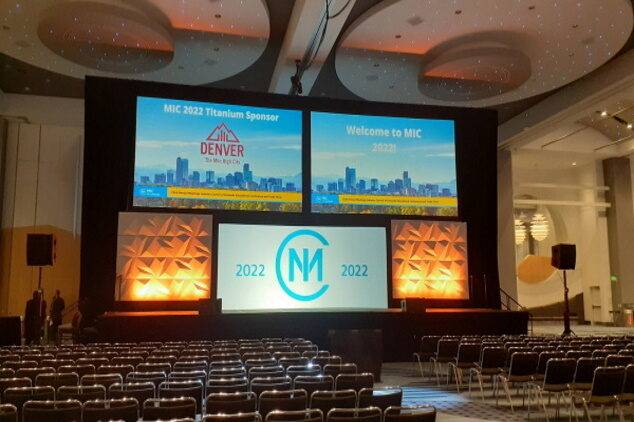Overcoming Obstacles in the Craft of Visual Projection Projection Mapping Execution
Wiki Article
Visual projection mapping technology is an innovative technology that converts ordinary surfaces into engaging displays. This method enables artists and designers to cast images and footage onto objects like buildings, statues, or stages, creating an immersive visual encounter. However, despite its capabilities, executing video projection mapping effectively comes with several obstacles. Understanding and overcoming these obstacles is crucial for anyone looking to create memorable projection art.
One of the primary difficulties in video projection mapping is ensuring that the displayed image matches perfectly with the object. This process, known as "mapping," demands precise measurements and figures. If the display is not aligned properly, the visuals can look distorted or off. To address this issue, artists often use specialized software that helps in mapping the visuals to the object's dimensions. Moreover, conducting thorough tests before the ultimate projection can help identify any discrepancies and allow for modifications to be made.

Another significant challenge is the varying luminosity and color of the displayed images. Different surfaces respond differently to illumination, which can influence how the shades appear once projected. For instance, a light-colored surface will reflect brightness variously than a dark one. To tackle this, artists must think about the surface properties before choosing the hues and brightness for their displays. Testing the display on the actual surface during the preparation phase can provide valuable understanding into how the final show will appear.
Technical difficulties can also pose a hurdle in video projection mapping. Problems such as equipment failure, software glitches, or network problems can disrupt the entire production. To reduce these threats, it is essential to conduct comprehensive equipment inspections and have backup plans in position. This can include having extra cables, projectors, and even backup software options ready to go. Being ready for technological difficulties can ensure a more seamless execution of the projection.
Finally, audience engagement is an essential aspect of video projection mapping. While the visuals are key, how the viewers engage Look At This with the presentation can make a big difference. Artists must consider about how to create their displays to attract viewers’ focus and promote interaction. This can involve adding elements that invite participation or create a narrative that resonates with the audience. Gathering feedback from test audiences can also help refine the presentation to enhance engagement.
In conclusion, addressing challenges in video projection mapping demands careful planning and creativity. By tackling the challenges of alignment, brightness, technological problems, and viewer engagement, artists can create spectacular and impactful projections. With see this the appropriate strategies in position, video projection mapping can change ordinary areas into extraordinary experiences, captivating viewers and creating a memorable impact.